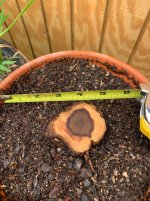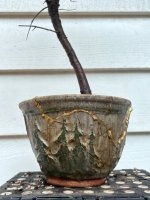Perfect timing for me in our area.
I have my eyes on a few Quercus agrifolia plants, nothing too big or old but just interesting enough to give it a try.
So, I have been told:
You need to remove all of the foliage .... seems totally opposed to normal horticultural recommendations that the leaves are needed for root growth, but what do i know about digging Oaks/ Not much.
Seems the root branching can be very deep (I already looked at a couple), with inverse taper on the trunk underground.
Another recommendation was just cut off the root and it will sprout new ones quickly.
thanks
Peter

















